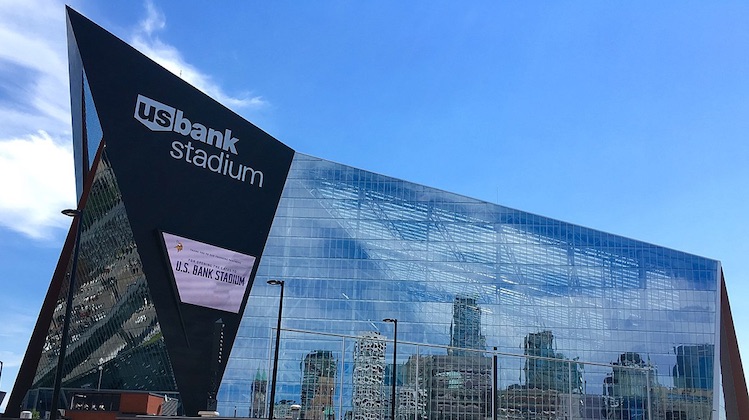Modern Marketing
Inside U.S. Bank’s Super Bowl strategy
- U.S. bank is using Super Bowl ads and brand experiences to grow build brand recognition
- Visitors to a U.S. Bank lounge can try new banking experiences, which is a way the bank can gently introduce them to new product innovations








